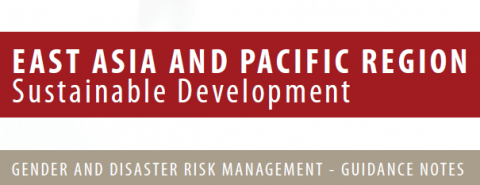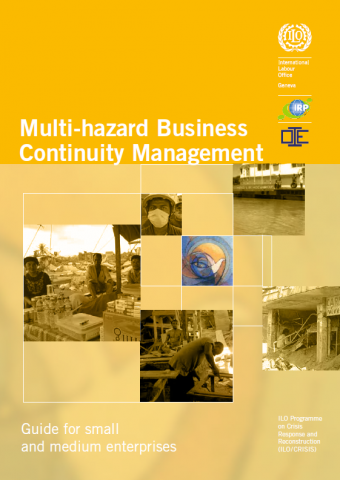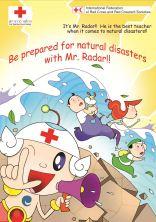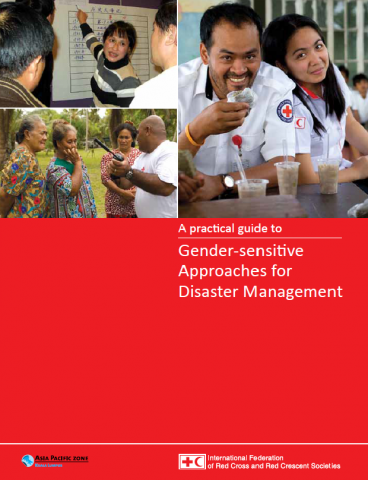Shelter safety handbook. Some important information on how to build safer
This handbook presents some basic information on safe construction practices. Its purpose is to provide guidance on choices regarding settlement planning in risky environments, as well as on the building techniques to improve individual shelters. The contents may be used to develop trainings on participatory shelter risk reduction methods, such as PASSA. This guide is […]
Shelter safety handbook. Some important information on how to build safer Read More »




